Not all spots in your garden are created equal. Some get more sun, some stay damp longer, and others seem just right but have soil that’s more rocks than nutrients.
When you’re looking to grow food and be more self-sufficient, picking the perfect location(s) for your garden isn’t just a good idea – it’s essential.
A balancing act between sunlight and shade
Most vegetables are sun worshippers, requiring at least six to eight hours of direct sunlight a day. But too much of a good thing will lead to sunburn, and plants appreciate a little shade during the hottest part of the day in summer.
Observing your garden’s sunlight patterns throughout the growing season(s) can help you find that sweet spot. If you have a longer growing season (like here in Spain), take into account that a spot that’s ideal mid-July might simply not get enough sun in April or October. However, if your growing season is shorter, you’ll probably need to locate a spot that gets the right amount of sun throughout the whole season.
You can play with this a little by positioning your plants throughout the garden – leafy greens can handle more shade, while fruits and veggies like tomatoes and peppers are sun-chasers.
Rainfall, drainage, and access to water
Too much or too little water can be a disaster for your garden.
- Ensure your garden location has access to a reliable water source = advice from someone who spent the first year at her new home transporting water in wheelbarrows every day.
- You will need well-draining soil to prevent waterlogged roots. If the natural drainage isn’t great, consider raised beds or adjusting the slope to help your garden drain better.
- Test your potential garden spot after a rain. Does the water linger or drain away? Your answer will guide you to the right spot.
- Inclination matters too. Slopes can lead to water running off too quickly, or not at all. A gentle slope can provide excellent drainage but can be challenging for water distribution. If your land slopes, you might want to get creative with terracing – or dig swales on contour.
Accessibility
Having your garden located close to the house has a lot of perks:
- Easy maintenance: you can pop into the garden for watering and weeding in between other things. I find it incredibly relaxing in between online meetings.
- Catch issues fast: seeing your garden from the house helps you see what’s going on, even on days no maintenance or care is required (= on days you wouldn’t go to the garden if it wasn’t close by). Whether you see the chickens digging up seedlings, caterpillars all over your curly kale, or a tomato plant starting to cave under the weight of its fruit – the faster you identify the problem, the faster you can solve it, and the smaller the impact it will have.
- Fast food: you can simply take a step outside to grab fresh veggies for dinner. If the garden’s close enough, you can even step out for fresh herbs while the meal’s already cooking on the stove.
- Having a garden you can walk by and look at anytime also gives you a great sense of accomplishment
However, not everyone has the right amount of space next to the house – and some plants (thankfully) require a lot less maintenance than others. When you establish a garden further from the house, keep in mind the following pros and cons:
- Maintenance becomes a chore: instead of something you can do for a few minutes, a couple of times a day, you’ll need to block longer bits of time for garden maintenance
- The distance from the house can be both a blessing (spending some time in the garden can give you some much-deserved personal time) and a downside (e.g. if you’re also watching the kids, or expecting visitors).
- Imagine lugging tools, water, and harvest across longer distances, or navigating tricky slopes. In our case, we kept either forgetting our tools in the garden – or forgetting to bring them to the garden. And building a shed tool halfway between the house and the garden was not a solution for us either.
If you’d like a garden close to the house but don’t have the space, consider techniques like vertical gardens, container gardening, building a herb pyramid etc to make the best use of the space you have.
Other elements that can impact your garden’s location
While sunlight, water, soil, access, and inclination are the pillars of finding the perfect location for your garden, don’t forget to tap into your inner gardening expert and consider other elements too. Pay attention to wind patterns, micro-climates, nearby plants that might compete or assist your vegetables, and even local wildlife. A fence might keep out curious critters, but planting a border of marigolds could be the unconventional guardian your garden didn’t know it needed.
Tip: you can have more than one garden
One last thing I want to leave you with, is this: while it makes a lot of sense to centralise your activities and have one single location for your veggie garden, over the years you might see the use of spreading things out. A couple of ideas here:
- Herb containers or a small vertical garden on your kitchen’s window sill
- A container or raised bed with cherry tomatoes (and companion plants) at the backdoor = great for snacking
- Vegetables who need more maintenance or easy access (e.g. tomatoes, cucumbers, zucchini/courgettes, etc) so you can easily harvest one or two when needed – in a small garden near the house
- Potatoes, pumpkins, beans, corn, and more in a different location – they require less maintenance and more space

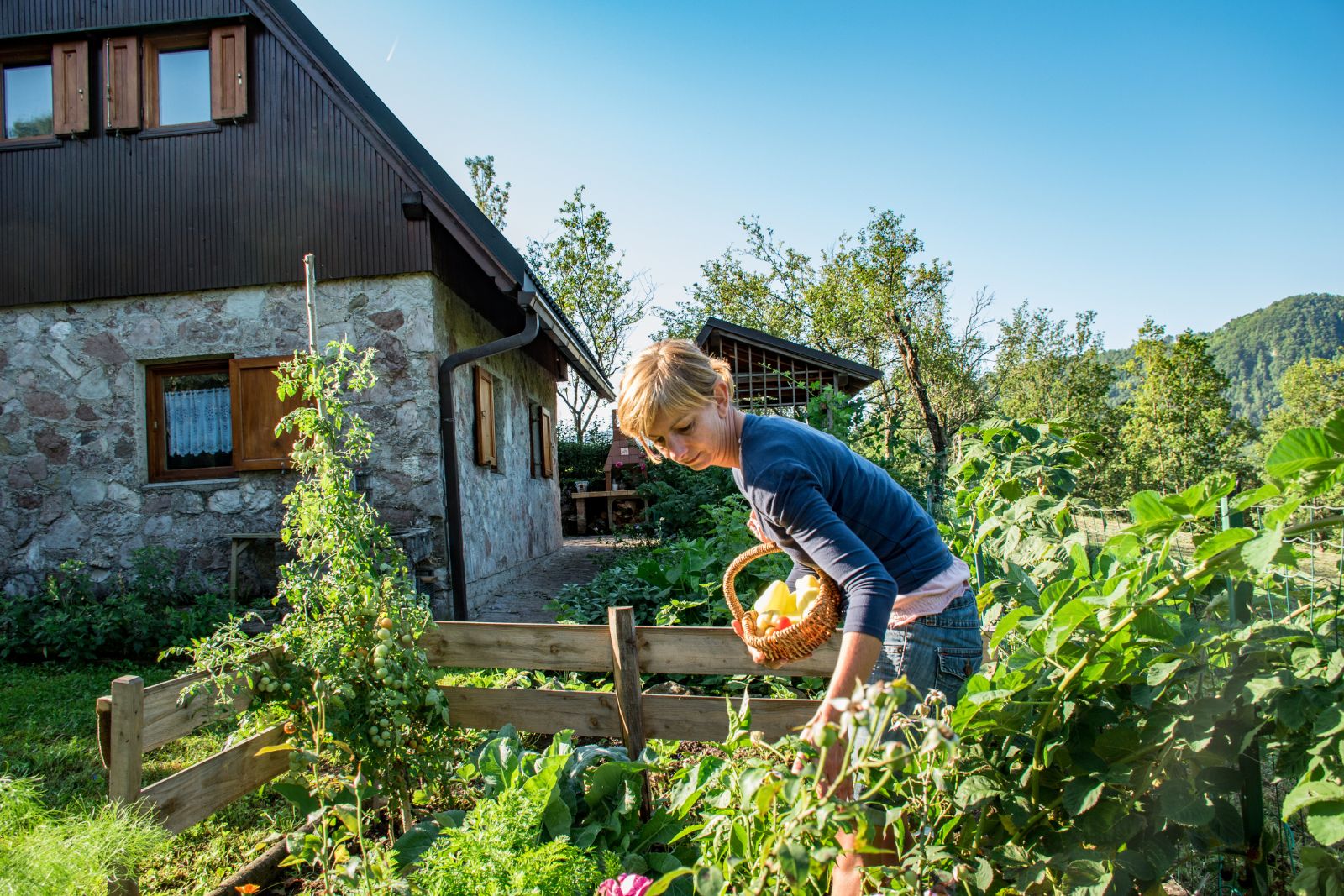
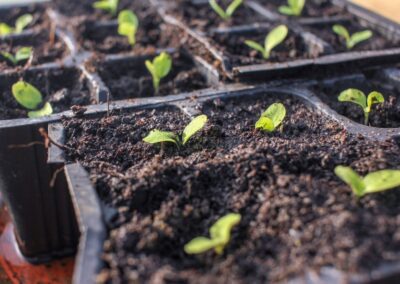
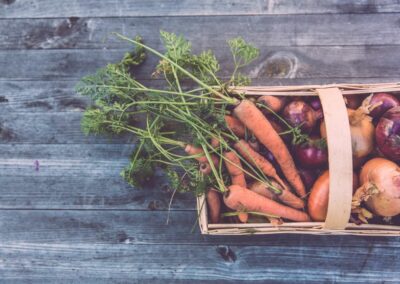
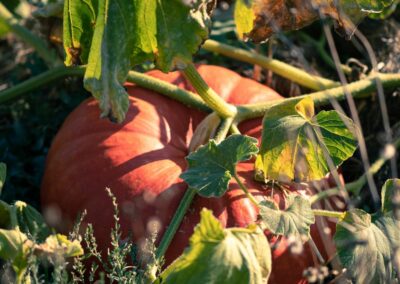
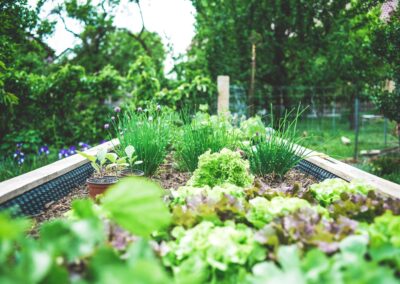
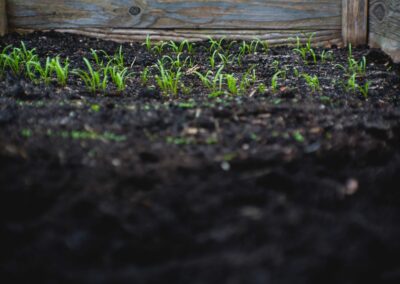
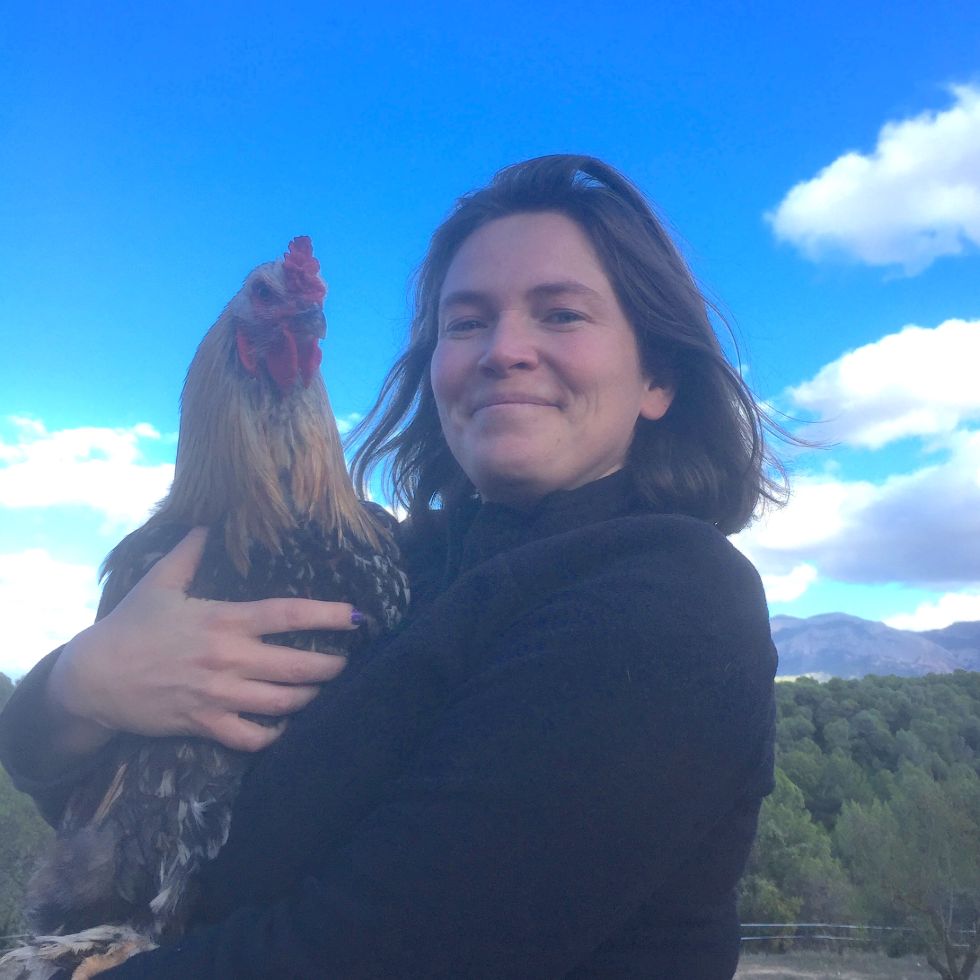


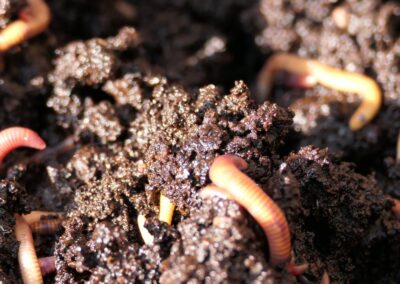
0 Comments